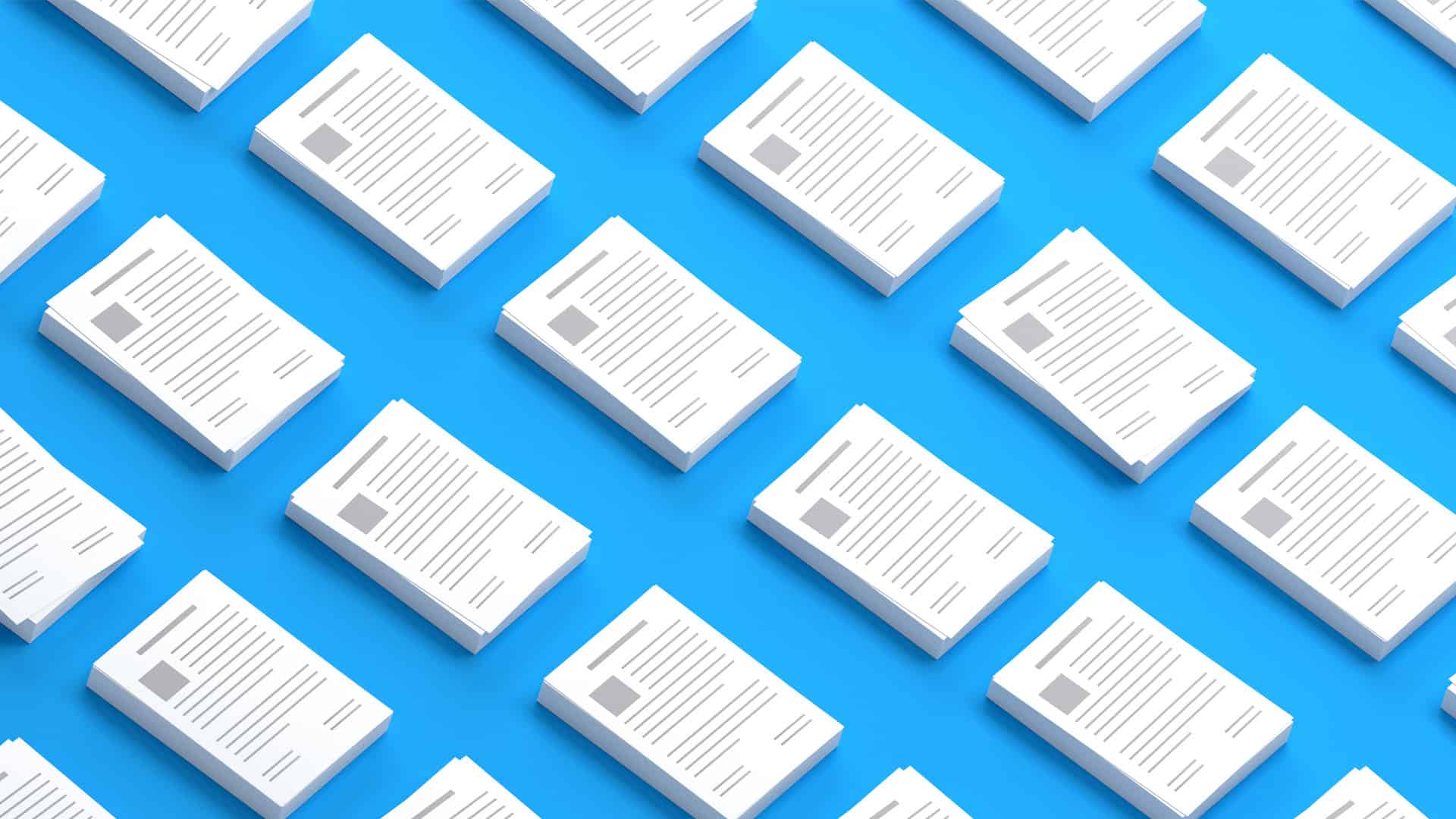
Traditionally, creating system documentation is a labor-intensive task that requires significant time, effort, and vigilant upkeep. And a real snore to boot.
With the emergence of artificial intelligence that can read code and summarize it, a shiny new godsend is born for those of us who must maintain an additional layer of explanation to our code.
Now is an excellent time to dive into AI-assisted application documentation if you haven’t already, but be sure to keep tabs on the tools and techniques as they emerge.
With it, we have a new superpower to streamline the process, saving valuable time and resources so we can spend more time-solving problems and less documenting our solutions.
Understanding AI in Documentation Creation
Artificial Intelligence is the simulation of human intelligence in machines programmed to think and learn like humans. AI technologies like machine learning and natural language processing are a perfect fit for turbocharging software development efforts.
When it comes to creating documentation, the job is right up AI’s alley. AI can analyze vast amounts of data, extract relevant information, and generate concise and accurate documentation on the fly.
This not only improves the efficiency of the development process but also ensures that the documentation remains up-to-date as the application evolves.
How AI Lends a Hand in Application Documentation
Using AI for system documentation benefits application development teams in several ways:
Time-saving: AI-powered tools can automatically generate documentation based on the codebase, significantly reducing the time required for manual documentation.
Accuracy and Consistency: AI algorithms can analyze code and generate detailed documentation without the risk of human error, ensuring accurate and consistent documentation across different projects.
Ease of Maintenance: Keeping documentation up-to-date becomes a challenge as applications evolve. AI can monitor code changes and update the documentation accordingly, reducing the manual effort required for maintenance.
Improved Collaboration: AI-powered documentation tools can integrate with collaboration platforms, allowing team members to contribute to the documentation in real-time, enhancing collaboration and knowledge sharing.
Examples of AI-powered Documentation Tools
Several AI-powered tools and technologies have emerged to facilitate documentation creation and maintenance. A few notable examples:
Natural Language Processing (NLP): NLP algorithms can automatically analyze code comments, function signatures, and other relevant information to generate human-readable documentation automatically. Tools like NaturalDocs and Doxygen leverage NLP techniques to convert code annotations into comprehensive documentation.
Code Analysis and Summarization: AI can analyze codebases to extract key information and generate summarized documentation. Tools like CM evolveIT combine sophisticated static analysis with machine learning algorithms to provide developers with relevant code examples and explanations, enhancing the understanding of complex systems.
Automated Testing and Documentation Generation: AI-powered testing frameworks, such as Test-driven Documentation (TDDoc), can automatically generate documentation while writing tests. These frameworks ensure that the documentation remains aligned with the implemented functionality, reducing the effort required for manual updates.
Techniques to Leverage AI for Documentation Creation
To leverage AI effectively for documentation creation and maintenance, consider the following techniques:
Integrate AI-powered tools: Identify and integrate AI-powered tools that align with your development workflow. Explore tools that provide features like code analysis, automatic documentation generation, and collaborative editing.
Train AI models: If available tools do not meet specific requirements, consider training AI models using your organization’s codebase and domain-specific language. This approach allows for fine-tuning AI models to generate more accurate and detailed documentation.
Combine AI with human expertise: While AI can automate a significant portion of documentation generation, you’ll want to combine it with human expertise to maximize it. Developers’ insights and domain knowledge help refine and validate the generated documentation.
Future Developments in AI-powered Documentation
The field of AI-powered documentation is continuously evolving, and we can expect big developments on the horizon. Some potential advancements include:
Contextual Understanding: AI algorithms will become more adept at understanding the context and intent of code snippets, enabling them to generate even more relevant and precise documentation.
Natural Language Generation: AI-powered models will advance in their ability to generate documentation that reads like it was written by a human, providing a seamless user experience.
Enhanced Collaboration: Future tools will further enhance collaboration by allowing developers to provide feedback on generated documentation, improving its quality and accuracy.
Final Thoughts
By leveraging AI-powered tools and techniques, developers can save time, improve accuracy, and collaborate more tightly. While AI is not a substitute for human expertise, it can significantly augment the development process and improve the overall quality of system documentation.
Now is an excellent time to dive into AI-assisted application documentation if you haven’t already, but be sure to keep tabs on the tools and techniques as they emerge. It’s a new and exciting industry, and the field is evolving daily.
CM First Group Can Help
Our deep experience with legacy enterprise systems puts us uniquely positioned to help reinvent your modernization efforts and set the stage for AI projects that can transform your organization.
Please contact us for more information on our Intelligent Automation solution or to schedule a demonstration of our CM evolveIT software and how its impact analysis capabilities can streamline your application documentation.
You can also call us at 888-866-6179 or email us at info@cmfirstgroup.com.


